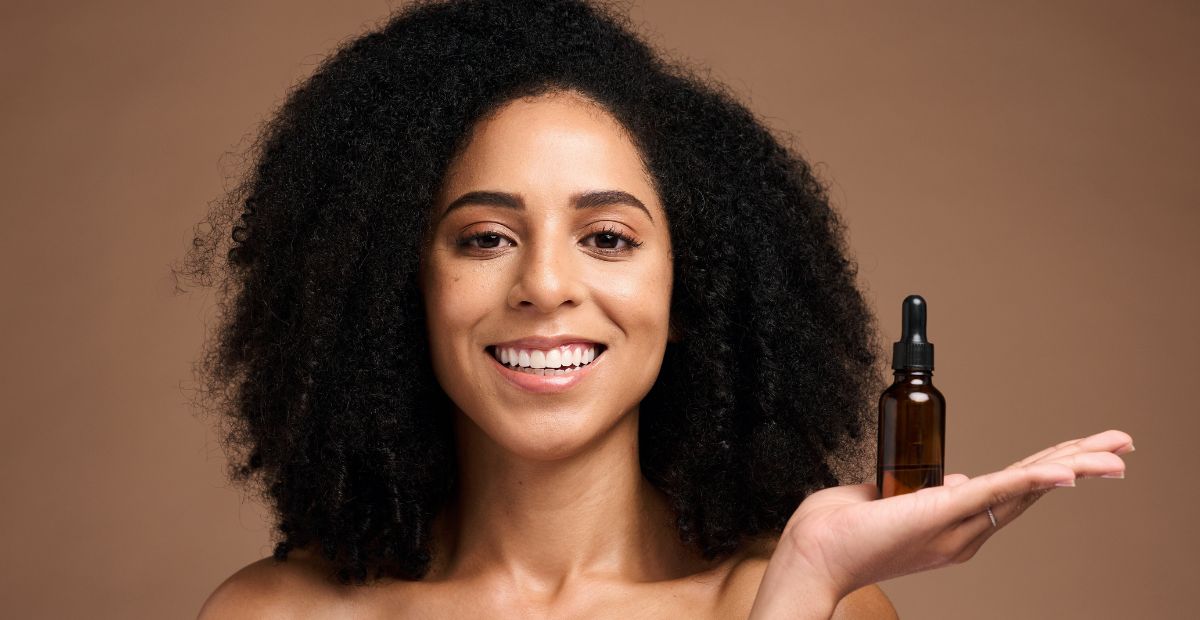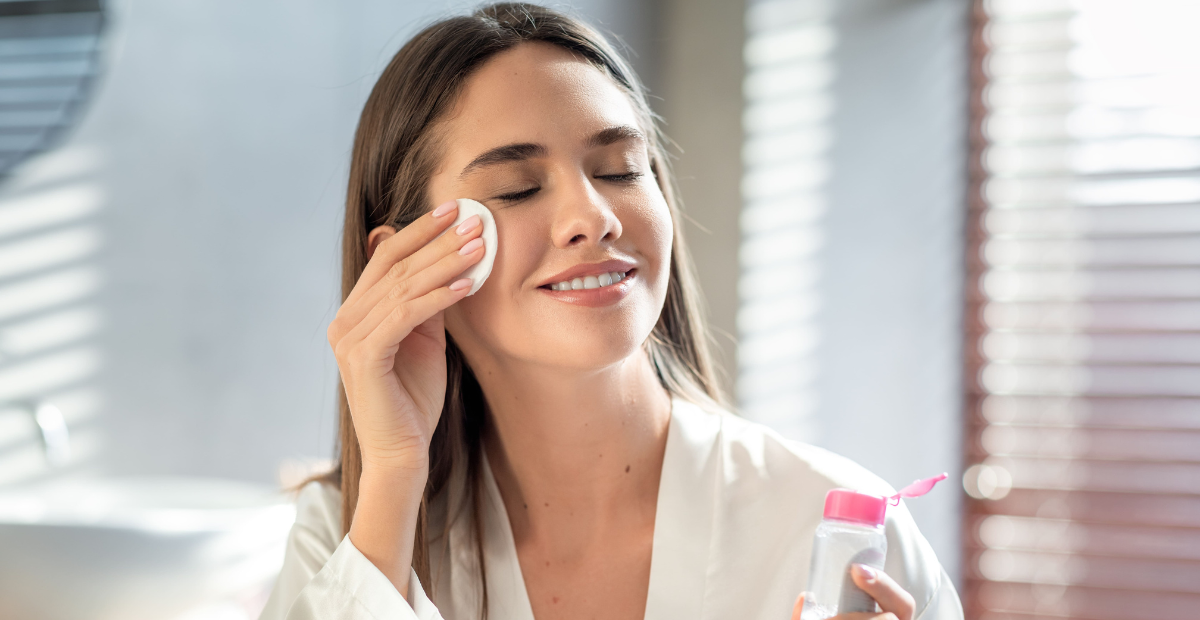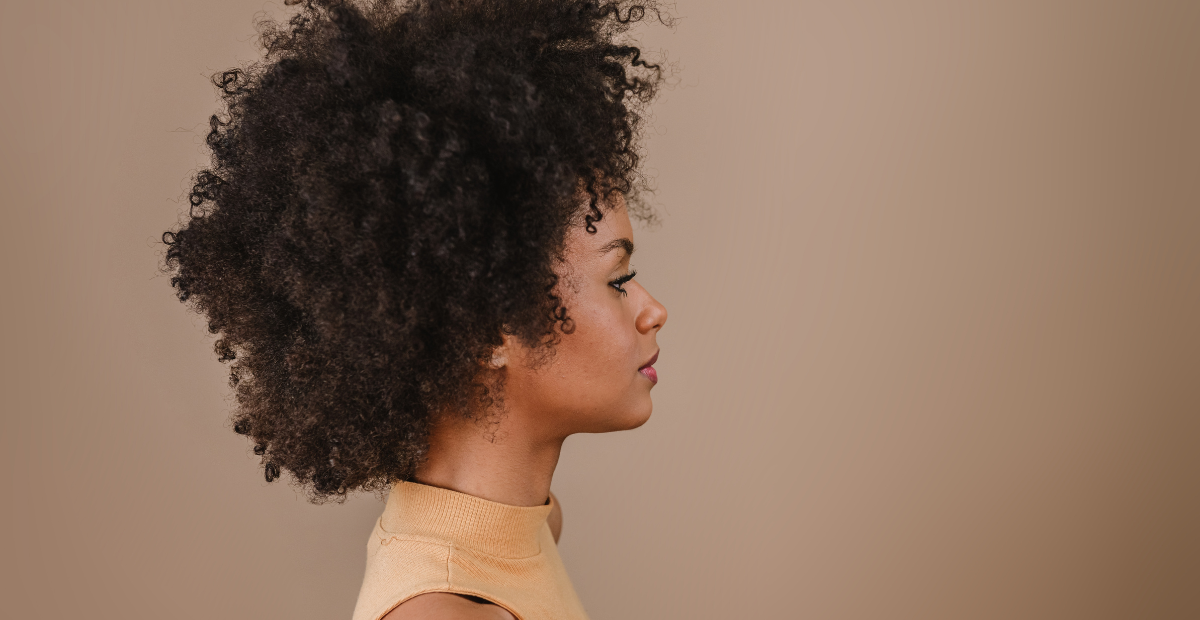Not Using Tea Tree Oil For Acne? This Is What You May Be Missing On
Onskin Content Team
Your guides through the skincare chaos
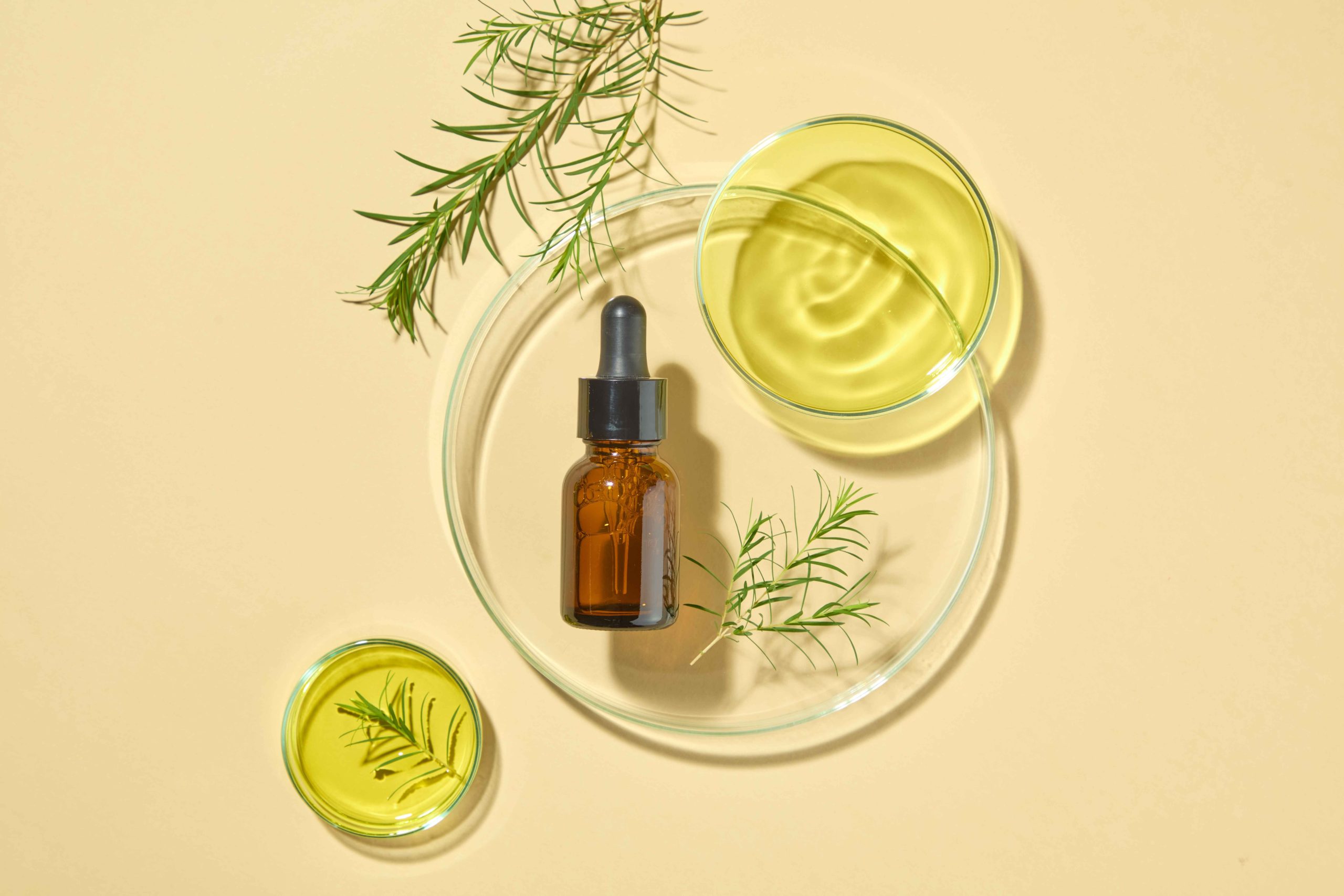
If you’re reading this, you’ve probably already dealt with pimples (as about 1/5 of the world’s population has, by the way), and you may have already been intrigued by the effects of tea tree oil for acne. These might be racing through your mind: Is tea tree oil actually effective for breakouts? What should I expect when using it? Should I go for 100% pure tea tree oil? Is it safe for my drama-queen-sensitive skin?
No worries—by the time you finish reading this post, you’ll have all the info you need about this natural acne treatment, including tips on using it gently and wisely for healthier skin.
What Is Tea Tree Oil?
Let us introduce it like you’ve never heard of it—we promise it’s quick.
Tea tree oil is an essential oil extracted from the leaves of the Australian tea tree, Melaleuca alternifolia (isn’t it a charming plant?) The aboriginal people of Australia have traditionally used the oil as a germ killer and a herbal medicine for many years. It has a strong earthy-herbaceous scent that some find off-putting, while others absolutely love it! If you do enjoy the scent, you can even find perfumes that use tea tree oil as a base note (although it’s not as common as other herbaceous notes like lavender or rosemary, for example).
How Does Tea Tree Oil Help with Acne?
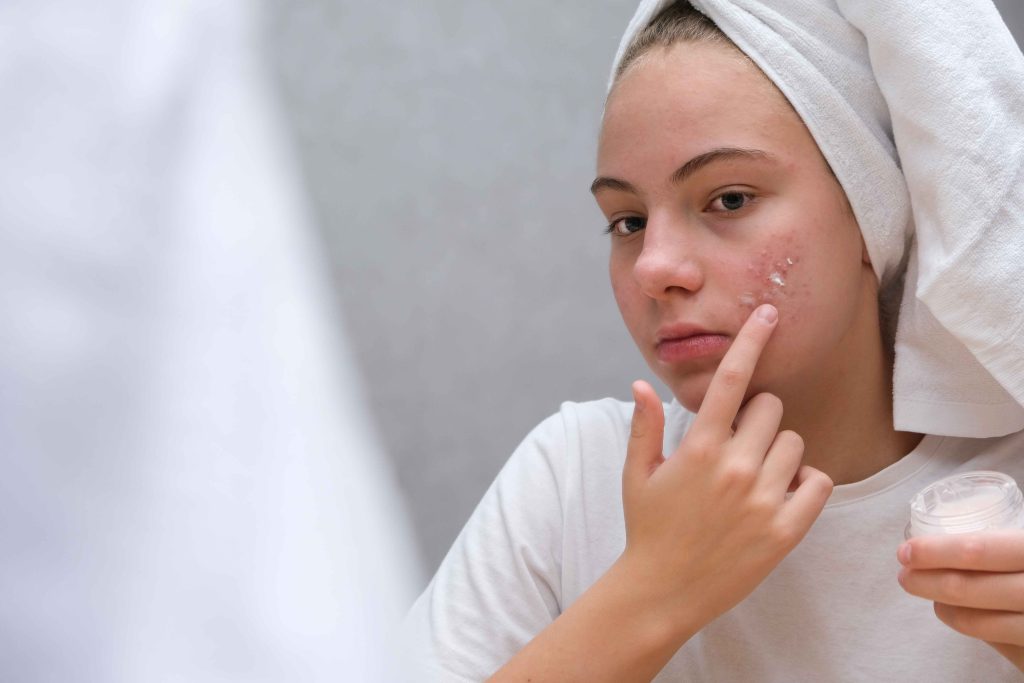
So why is tea tree oil a popular anti-acne treatment? Let’s see what the science says. Numerous studies prove that tea tree oil has an antibacterial effect, meaning it kills off bacteria. What does it have to do with acne? Flare-ups typically pop up when bacteria, dead skin cells, and oil clog pores or hair follicles in the skin. Tea tree oil helps by targeting and eliminating those bacteria responsible for the nasty pimples. The oil’s perk is, unlike many other antibacterial treatments, tea tree oil does it at a slower, milder rate—more on tea tree oil’s gentle nature later.
Adding to its germ-resistant properties, tea tree oil is an anti-inflammator. For acne-prone skin, this is especially important, as the oil effectively calms redness without causing further irritation.
Now moving to a fact that might lift a few brows. As one study suggests, tea tree oil might work as well as benzoyl peroxide, a widely used and highly effective anti-acne treatment. Of course, pitting tea tree oil against benzoyl peroxide might feel like comparing a vintage MP3 player to a state-of-the-art sound system. However, not only may tea tree oil be as potent as its rival, but it also usually comes with fewer side effects like itching and irritation. And honestly, aren’t those side effects sometimes more frustrating than the acne itself?
But wait—there’s another guest at the door…
Post-Acne Marks and Tea Tree Oil
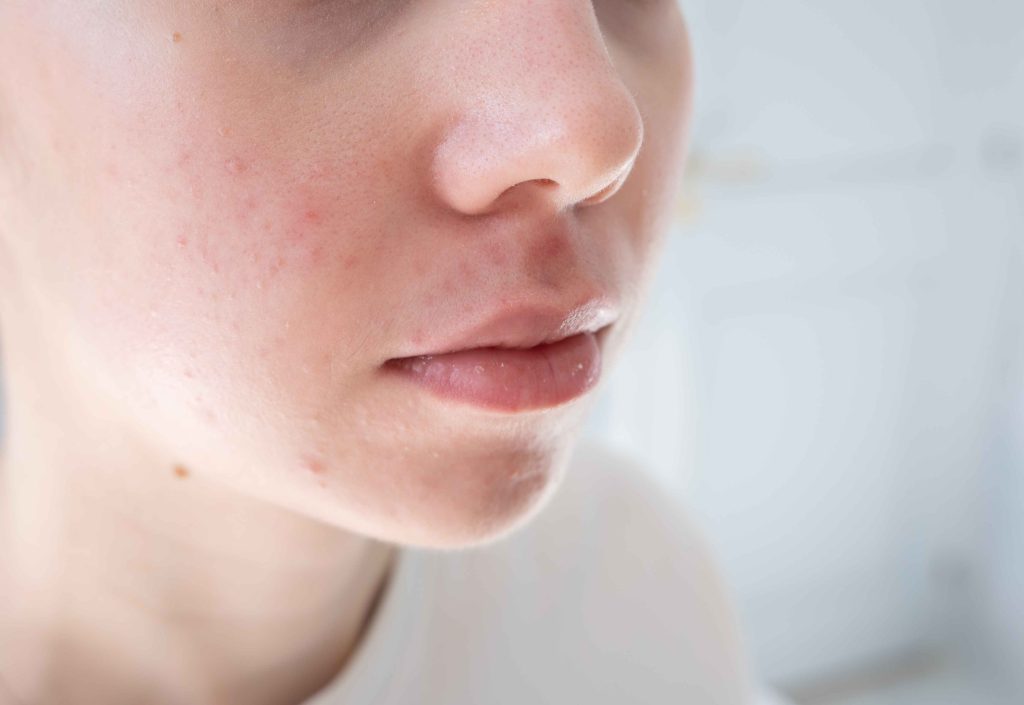
Similar to the irritation that can come with acne treatment, post-acne marks can be just as bothersome as the acne itself. These unwelcome reminders can stick around for years—maybe you’ve got one of those stubborn marks that just won’t fade. Can tea tree oil help here as well? Some sources suggest it might help smooth out affected areas, but so far, there’s no strong scientific evidence to fully back up this claim.
In addition to its anti-acne effect, tea tree oil is also considered a powerful antioxidant. This means it can protect the skin from harmful UV light, helping to prevent hyperpigmentation and slow down aging.
How to Use Tea Tree Oil for Acne
Before you test the waters of tea tree oil on your outer layer, it’s worth exploring how exactly you can apply this remedy.
Direct application
You’ll be working with undiluted tea tree oil here. What does “undiluted” mean? It refers to the oil in its highly concentrated form, which can potentially cause irritation, blotches, dryness, or even a burning sensation, especially on sensitive skin. To enjoy its benefits without the unpleasant side effects, mix it with a carrier oil like sunflower seed oil, shea butter oil, or argan oil. For safety, test a small patch of skin first to see if you have any reaction before applying it to larger areas.
You can also apply it after using a moisturizer—use a damp Q-tip to apply a small amount to lightly dap the breakouts (so it’s not like you should cover it all over your face).
As part of the formulas of skincare products
You’ll find tea tree oil in all kinds of skincare products—cleansers, spot treatments, masks, and more. If you’re considering adding one to your routine, look for a formula that contains tea tree oil along with other acne-fighting ingredients like salicylic acid, benzoyl peroxide, or niacinamide.
Side Effects: The Most Boring (But Still Important) Part
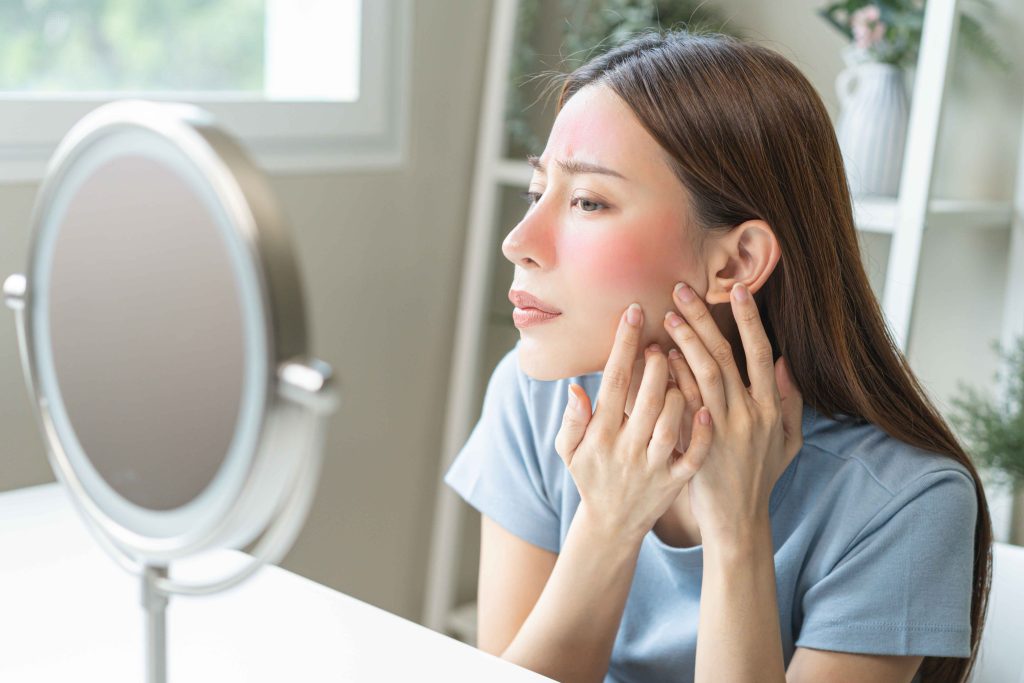
Tea tree oil is generally safe, and allergic reactions are pretty rare, but it’s still a good idea to patch-test it or any product formulated with it first. That way, if you do have an allergic reaction, it’ll only influence a small spot rather than all the areas you’re treating.
There’s also some talk out there that tea tree oil might be photosensitive—basically, it could cause sunspots, rashes, blisters, or even burns if exposed to sunlight. However, according to this scientific report, tea tree oil doesn’t seem to be photosensitive at all.
So What’s the Gist?
We’re not going to lie—acne and acne scars can be tough to deal with, and we’re holding the hand of everyone who’s ever cried over a stubborn spot. We feel you!
While tea tree oil can be part of the solution, you might need a combination of treatments to get the best results. Your dermatologist can offer precise recommendations based on your skin’s overall health and the severity of your scars. To add to your and your medical adviser’s efforts, you may also use ingredient scanners like OnSkin to make sure your skincare is suited for your skin type and needs (plus, you’ll save on what you don’t need).
FAQ
-
Where do I start with OnSkin?
Download the app and think of a product you’d like to know more about. Then, go to the main screen and choose how you’d like to get the info —by manually looking it up in the search bar, by scanning its barcode, or by simply taking a picture of the packaging. Once you’ve done any of these, you can see how safe the product is and if it suits your skin or hair (if this analysis is available).
-
What is Safety Rating, and how is it calculated?
In OnSkin, we base product rates on ingredients. Each is closely studied by our medical team and then evaluated. This way, each product gets a score from 0 to 100, with 100 as the safest level.
Safety Levels
- Excellent (76–100)
- Good (51–75)
- Not great (26–50)
- Bad (0–25)
These scores are backed by the latest scientific studies. You can find links to the resources we’ve used on each ingredient page. To assess the safety of product ingredients, we evaluate them according to the following parameters/criteria
- Endocrine disruption risk / Reproductive toxicity
Indicates the probability of mimicking, blocking, or interfering with the body hormones.
- Сarcinogenicity
Measures the potential risk of inducing cancer.
- Allergy risk
Estimates the probability of an allergic reaction.
- High concentration alert
Determines the risk of being unsafe in certain amounts.
-
What is Skin Match?
Based on the info you input about your skin type, age, skin care goal, and other “settings,” OnSkin checks how well a product is tailored to your unique skin needs — it’s basically like a dermatologist helping you find the right products, minus the fees and the long wait. The product you’re checking might be labeled as It’s a match!, Hit-or-miss, or Not a match for you. The app also detects ingredient groups such as Anti-acne, Anti-inflammatory, Moisturizes, May be drying, Comedogenic, and others — by tapping one, you see exactly what ingredients from this or that group are in the product.
-
I seem to have a problem with using the app. Who should I contact?
Please reach out to us at [email protected], and we’ll carefully look into your issue. Your ideas for improving the app are also very welcome!
-
Do you have an Android version?
Not yet! Hey Android users, we hear you, and we're thinking about making an Android version, but we haven't started the development yet.
Tracker Sent!
It’s on the way to your inbox.


